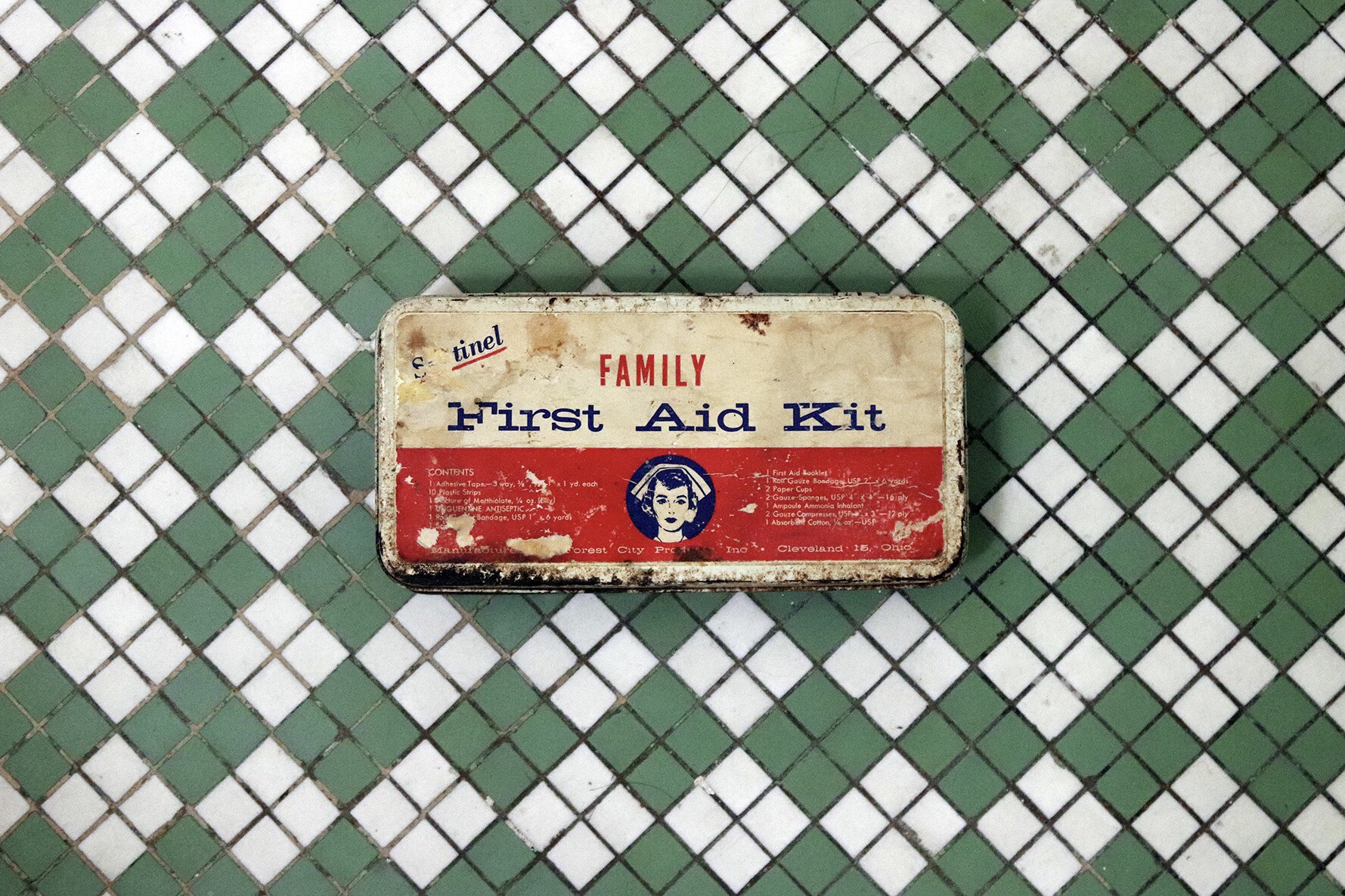
We make new scientific discoveries every day, from water on other plants to new functions of human organs. With that in mind, it’s no surprise that first aid techniques that were once considered standard have changed as we learn more about health and the human body. Whether previously trusted facts and evidence were proven false, or new, evidence-based treatments have been discovered, here are just a few ways first aid has changed.
First Aids for Treating Burns
For a minor burn injury, run cool water over it, apply antibiotic ointment, and a band-aid, to help with the healing process. Outdated methods for treating burns include applying ice, which can further damage the tissue, or applying butter, which does little except further irritate the skin. Also, don’t pop any blisters which might be forming over the burn, these are forming to prevent infection.
CPR Guidelines
Since its invention in 1960, the guidelines of CPR have changed. For example, what used to be called the ABC’s (Airway, Breathing, and Circulation) is now called CAB (Circulation, Airway, and Breathing). Another outdated technique was “Look, Listen, Feel,” which tried to determine if the victim needed aid or not. It was removed from the CPR guidelines, as it took up valuable time before starting CPR. Find more information on changing CPR guidelines on our blog.
Prevent Choking Hazards During Seizures
If you encounter someone having a seizure, immediately call 911. After, clear the area around the victim to prevent them from getting injured during the seizure. Absolutely do not put anything in the victim’s mouth to “protect their tongue.” This was a popular technique for a while, but a person having a seizure can’t actually swallow their tongue—it actually puts the victim in danger by creating a choking hazard.
Updates to the Heimlich Maneuver
What used to be called the “Heimlich Maneuver” is now simply called “abdominal thrusts,“ and it’s no longer the first thing you should do when you see someone choking. Your first response should be to call 911; after, you should perform 5 back blows and 5 abdominal thrusts, continuing until the choking hazard is dislodged.
Treating Cuts and Splinters
After getting a cut, clean it completely with soap and water and apply antibiotic ointment and a band-aid. Using hydrogen peroxide used to be a popular way to clean a cut, but this can damage your skin and actually slow down the healing process.
If you ever get a splinter, no matter where it is, always use tweezers to remove it. Do not soak the splinter in water, as this makes it harder to get out and can end up breaking pieces off under your skin.
Treating a Twisted Ankle
Twisting an ankle is a common injury. To help it heal, elevate it and apply something cold, like an ice pack or a frozen bag of peas. This will help reduce the swelling and helps with pain. Avoid putting ice directly on your skin—this can damage the tissue—and wait to apply heat until 48 hours after the injury occurs.
Outdated methods of first aid were created with the best intentions: to help people. But just as our understanding of germs has come a long way since the Founding Fathers, best practices for first aid and CPR will continue to develop and change for the better.
To stay up to date with the latest safety techniques, check out the Specialized Health and Safety blog, or consider signing up for one of our first aid, CPR, or basic life support classes.

